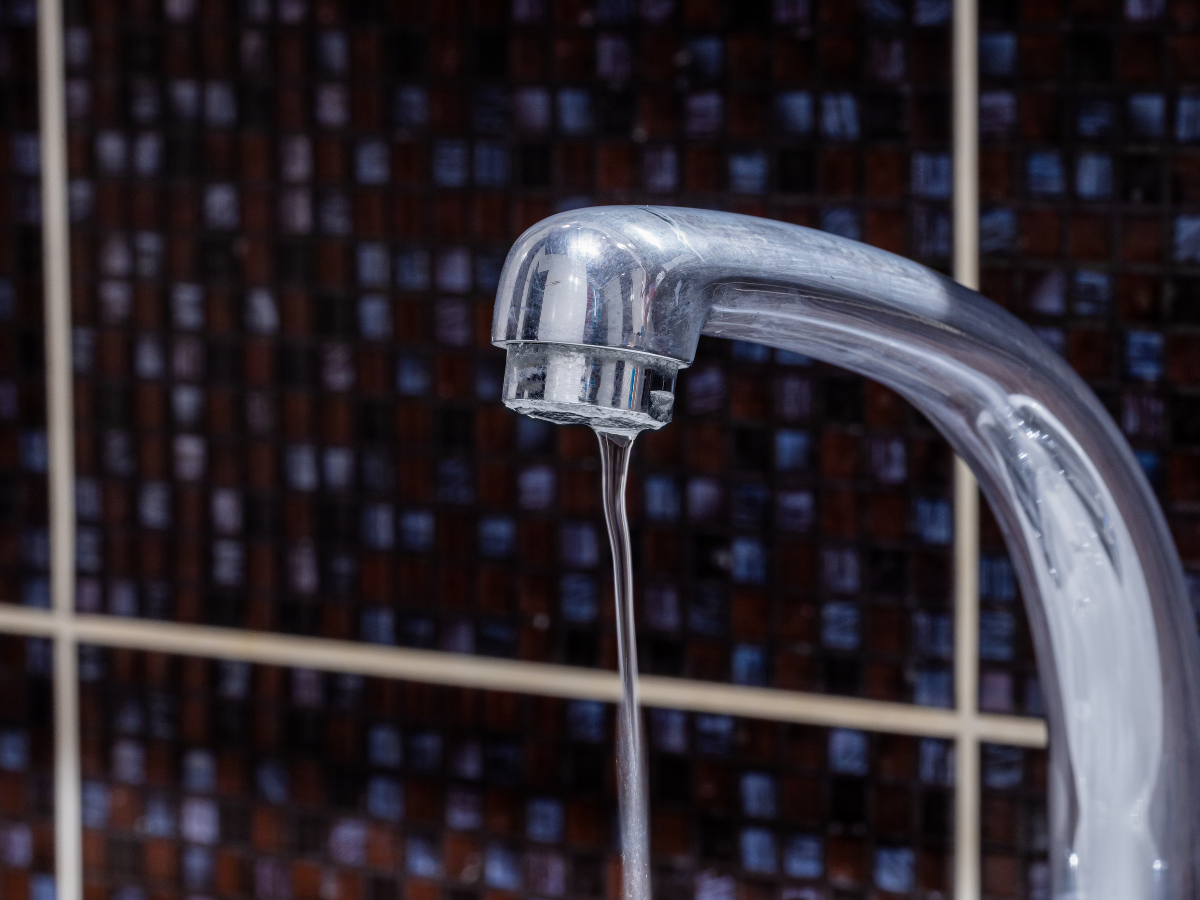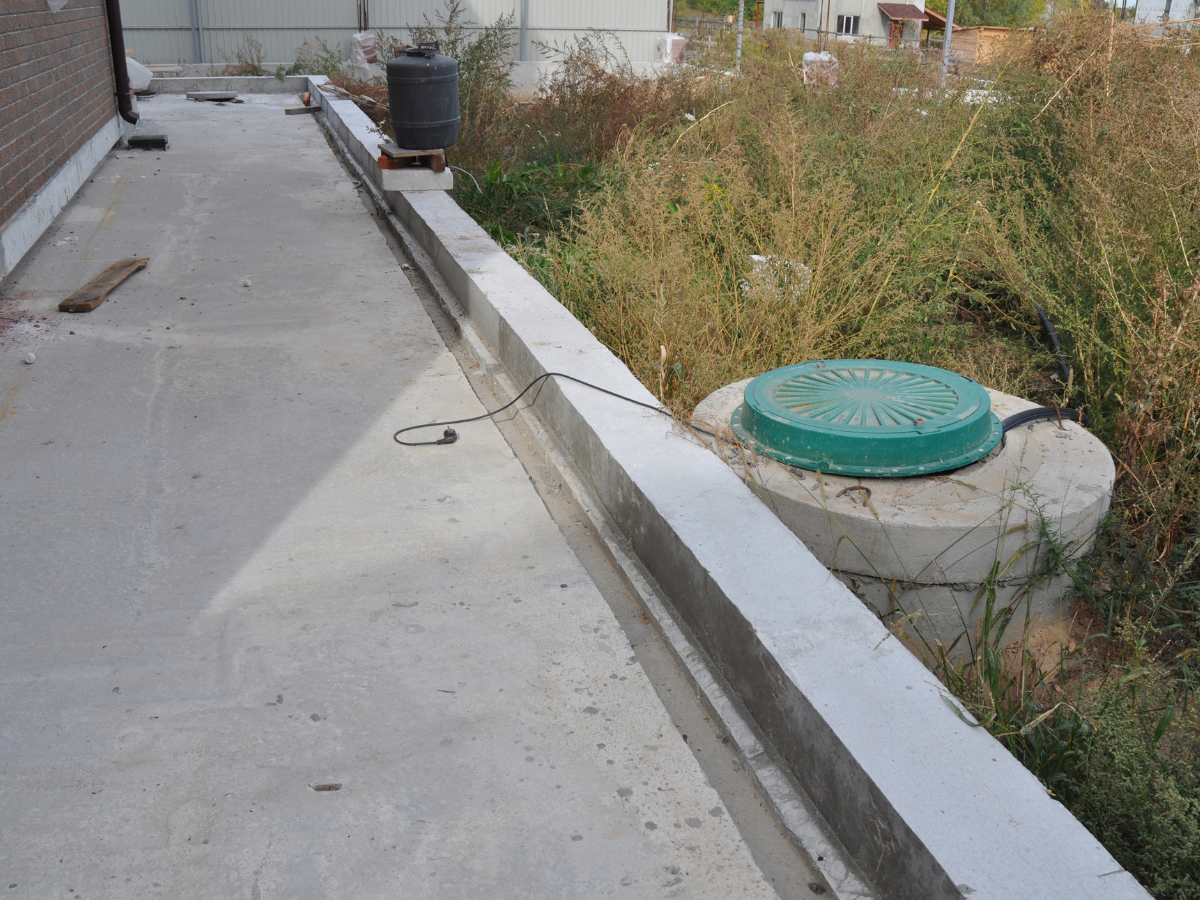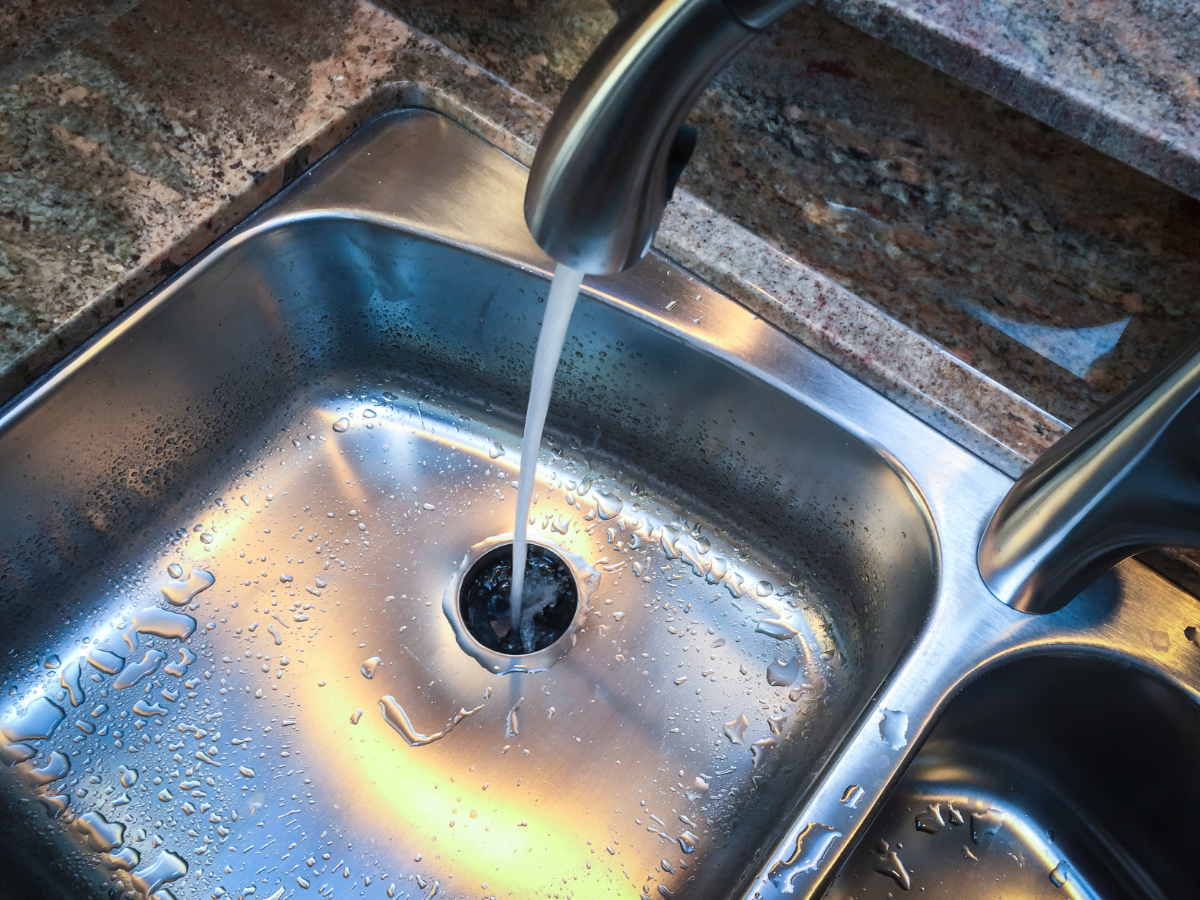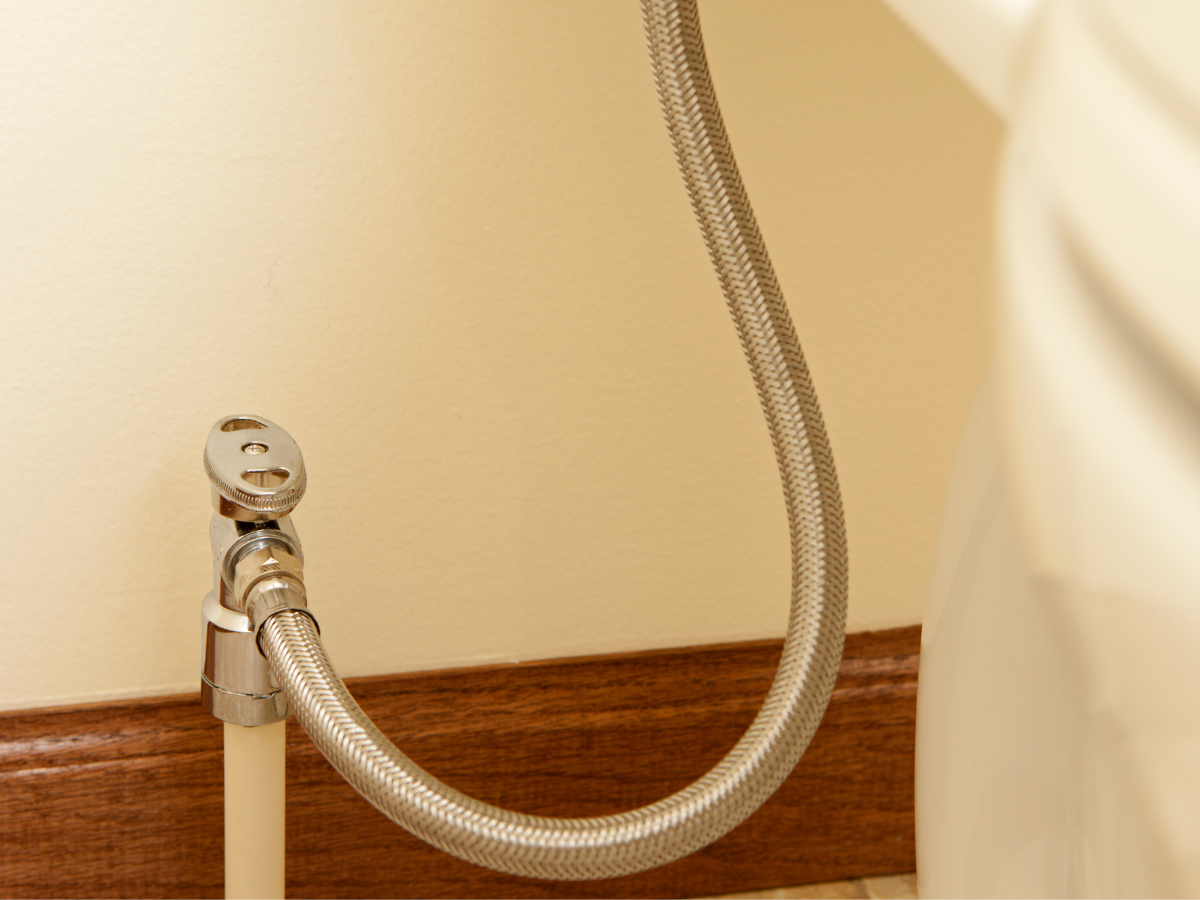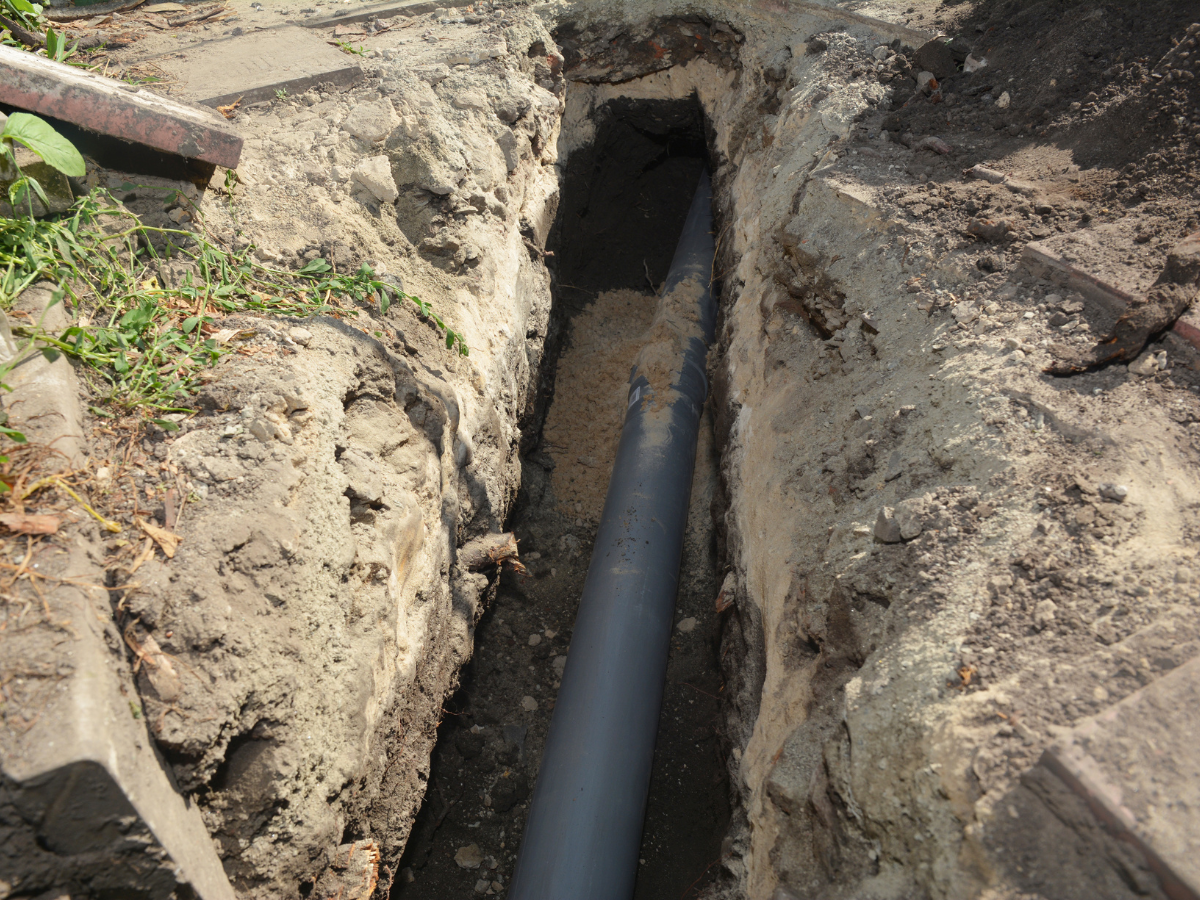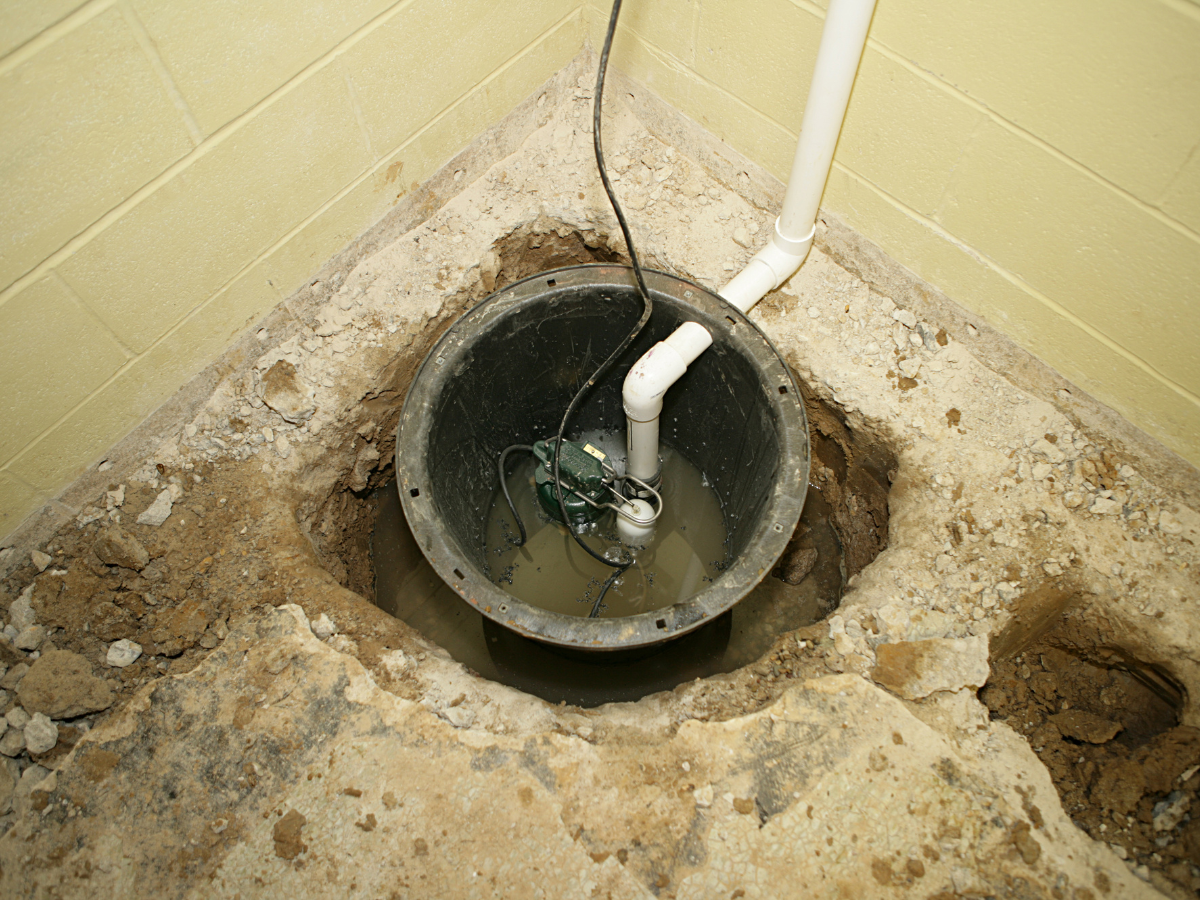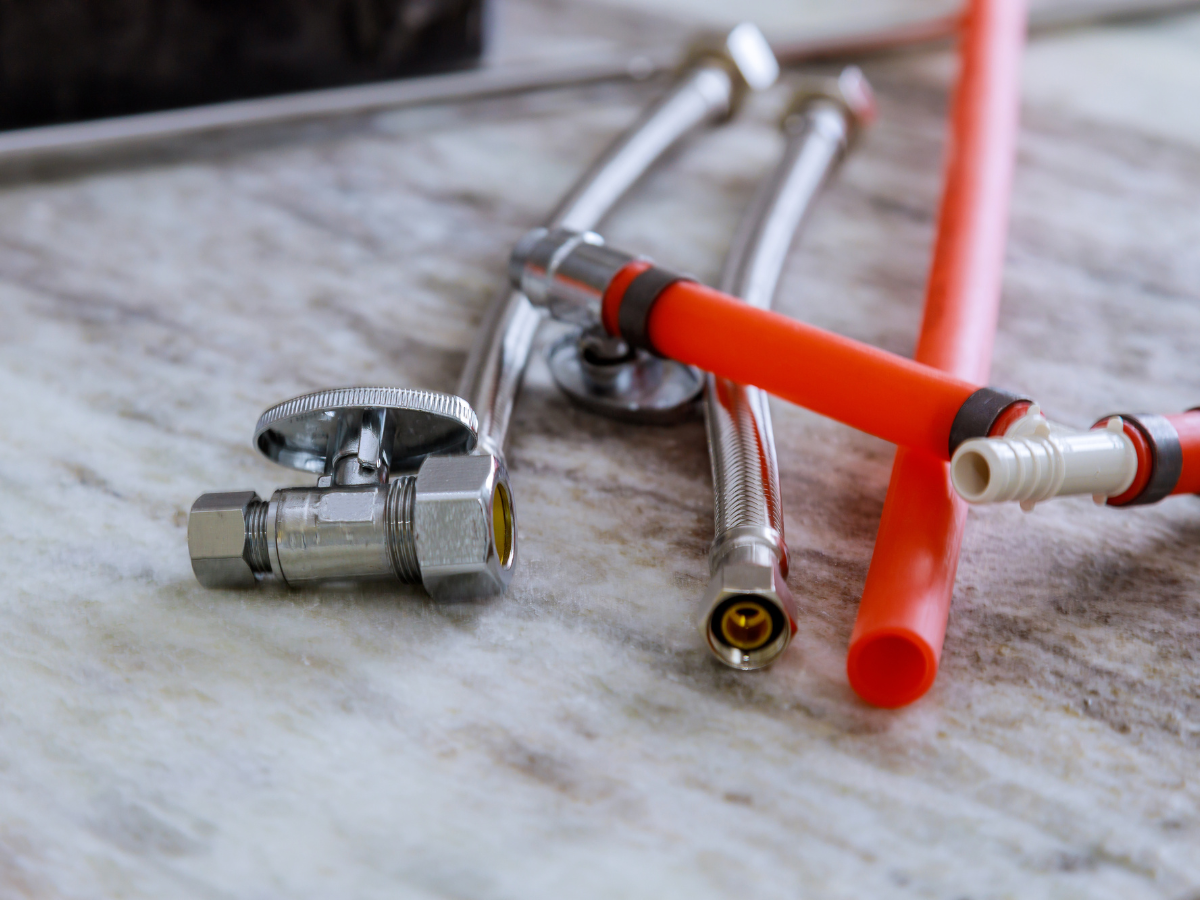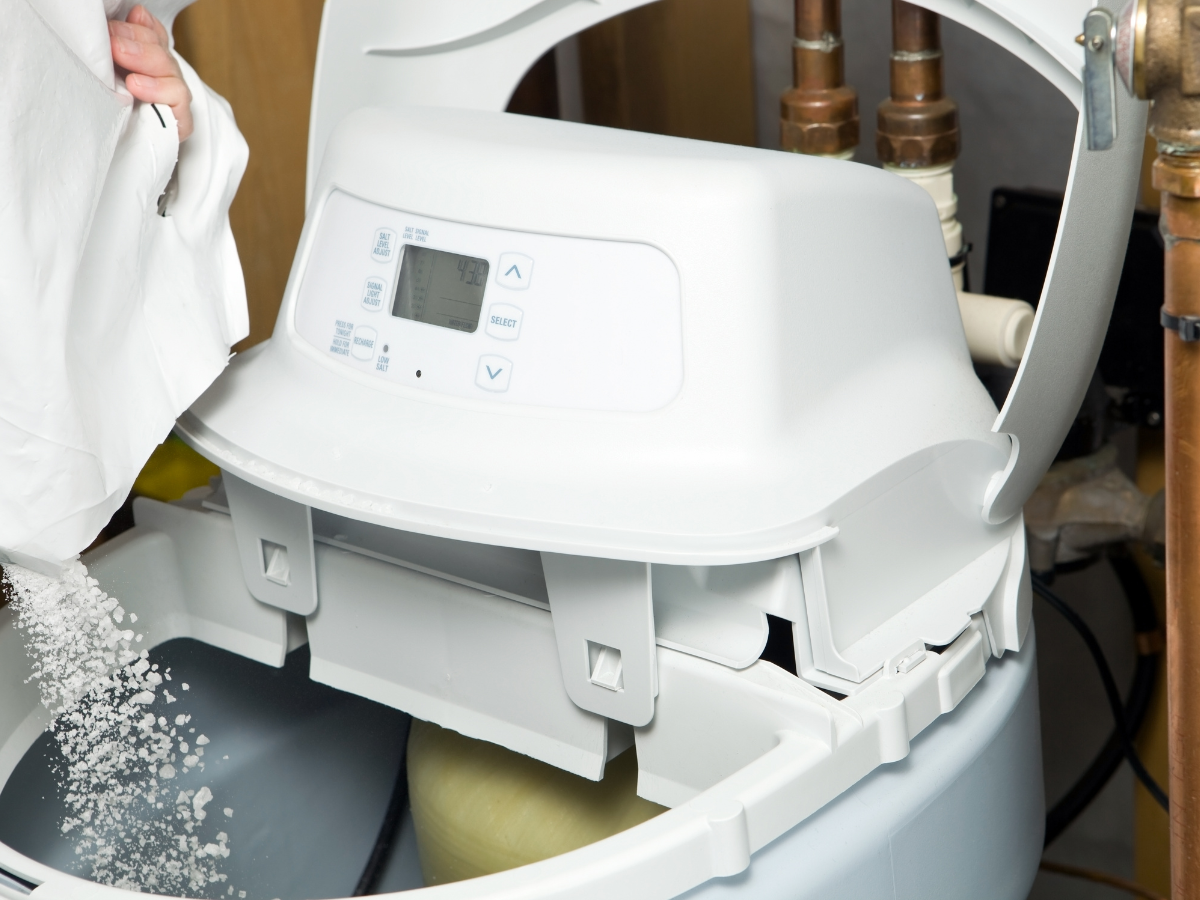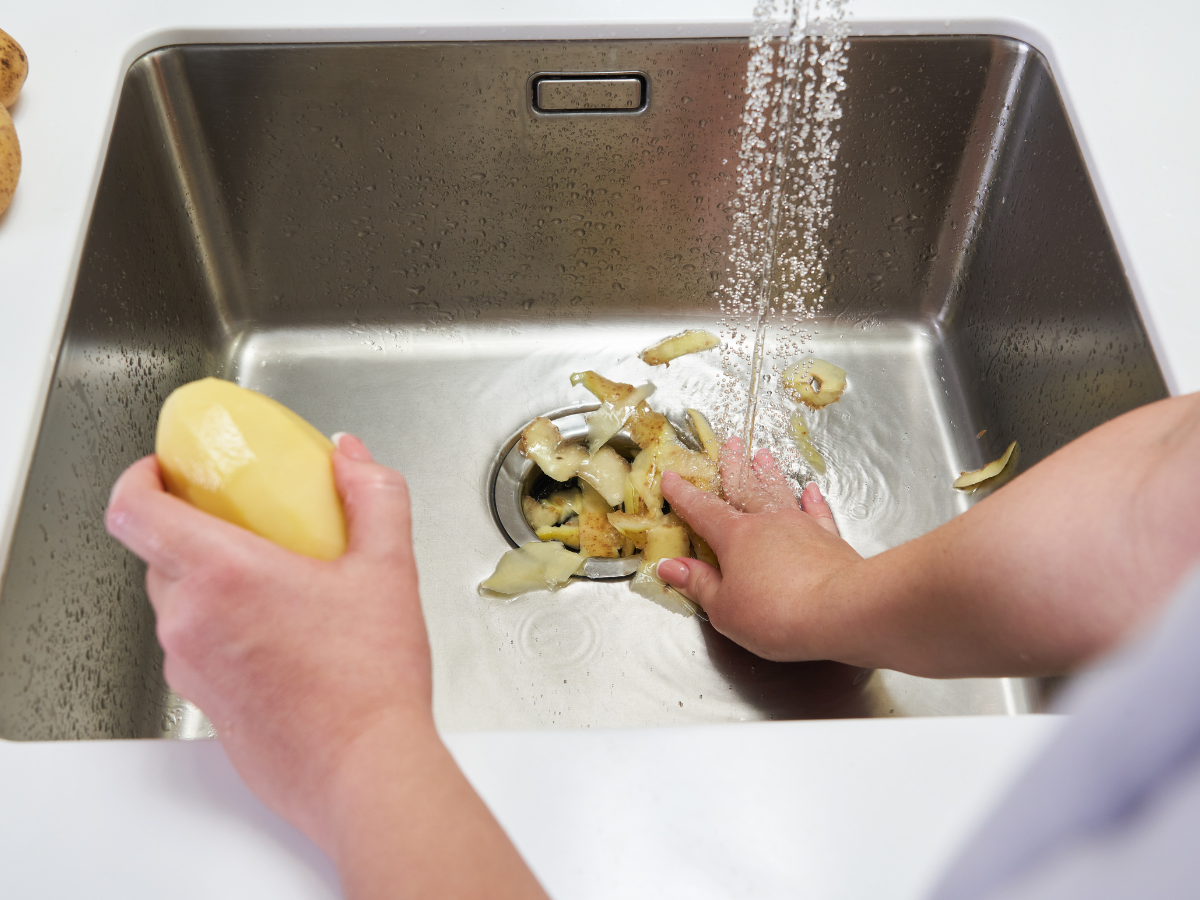Low Water Pressure in Bathroom Sink: Causes & Fixes
At Full Speed Plumbing, we understand that dealing with low water pressure in a bathroom sink can be a nuisance. It’s a common problem that can turn routine tasks like brushing your teeth into time-consuming chores. That’s why our team of plumbing experts has put together this comprehensive guide.
We’ll delve into the common causes of low water pressure in bathroom sinks and provide expert solutions to fix them. By the end of this guide, you’ll better understand what might be causing your water woes and how to get your plumbing system back up to full speed.
Causes of Low Water Pressure in Bathroom Sinks
Several issues can influence the water pressure in your bathroom sink. Some of the most common examples include the following:
Cause #1: Leak-Related Issues
Leaks are often the blame for low water pressure in bathroom sinks. A leak in your home’s plumbing system can reduce the pressure in your sink by diverting the water flow. Check for signs of water damage, such as damp spots on walls, ceilings, or floors, and get any leaks repaired promptly.
Cause #2: Plumbing Fixture Issues
Another possible cause could be issues with the plumbing fixtures themselves. Over time, faucets can accumulate mineral deposits, particularly in homes with hard water. This build-up can constrict water flow, resulting in reduced water pressure. Regular cleaning or replacing old faucets can resolve this issue.
Cause #3: Household Water Pressure Issues
Sometimes, the problem isn’t limited to your bathroom sink. If you’re experiencing low water pressure throughout your home, it could be due to an issue with the water supply. Common culprits include faulty pressure regulators, closed water valves, or even problems with the municipal water supply.
DIY Vs. Calling a Plumbing Technician: Which Option Should You Choose?
When it comes to dealing with low water pressure in your bathroom sink, your course of action largely depends on the root of the problem.
DIY Fixes for Low Water Pressure
If the cause is simple, such as a partially closed shut-off valve or a clogged aerator, you can probably handle the issue yourself. The shut-off valve, usually found beneath the sink, should be fully open for optimal water pressure.
As for a clogged aerator (the screen covering the end of the faucet), remove it and clean out built-up mineral deposits and debris. Try soaking it in a vinegar solution to break down the build-up that’s responsible for the clog.
When to Call a Plumbing Technician
However, it’s best to call a professional plumber if your water pressure issues are widespread (affecting more than just the bathroom sink) or if visible leaks or water damage are evident. Plumbing systems can be complex, and trying to fix a major problem alone could lead to further damage.
Similarly, if the water pressure doesn’t improve after you’ve tried simple DIY fixes, a plumbing professional should be consulted. They have specialized tools and knowledge to diagnose and resolve plumbing issues effectively and efficiently.
By understanding when to opt for DIY and when to contact a professional plumbing service, you can ensure your plumbing system operates smoothly and prevent minor issues from turning into costly repairs.
Preventative Tips for Maintaining Your Bathroom Sink’s Water Pressure
Here’s a quick list of tips that you can use to maintain your bathroom sink’s water pressure:
- Regular Faucet Cleaning: Regularly clean your faucet aerators to prevent the accumulation of mineral deposits, which can reduce water pressure. A scrub or a soak in a vinegar solution can do the trick.
- Check for Leaks: Be sure to inspect your home for any signs of leaks. Some examples include damp spots or water stains on walls, ceilings, or floors. Detecting and repairing the leaks promptly can prevent water pressure issues.
- Maintain Your Home’s Plumbing System: Have a professional plumber regularly check your home’s plumbing system. They can spot and fix minor issues before they lead to significant problems.
- Water Pressure Regulator Inspection: If your home has a water pressure regulator, check it regularly to ensure it functions properly. A faulty regulator can lead to low water pressure.
- Avoid Partially Closed Valves: Make sure all your water valves, including the main one, are fully open. Partially closed valves can restrict water flow and reduce water pressure.
- Use Water Softeners: If your home has hard water, consider installing a water softener. It can help prevent mineral build-up in your plumbing fixtures, thus maintaining water pressure.
By adhering to these preventative tips, homeowners can ensure consistent and satisfactory water pressure in their bathroom sinks, avoiding the hassle and cost of frequent repairs.
Installing Low-Flow Fixtures for Consistent Water Pressure
Low-flow fixtures, such as shower heads and faucets, can significantly aid in maintaining consistent water pressure in your bathroom. These fixtures are designed to use less water while providing a solid flow, making them an ideal solution for homes struggling with water pressure issues.
Low-Flow Shower Heads
A low-flow shower head is a relatively simple project that can greatly impact your home’s water pressure. Despite using less water, these shower heads are engineered to deliver a satisfying shower experience by dispersing water more efficiently. This helps maintain good water pressure and reduces the demand on your home’s water supply, freeing up pressure for other fixtures, like your toilet.
Low-Flow Faucets
Similarly, low-flow faucets can make a significant difference in balancing the water pressure in your bathroom. By regulating the amount of water that flows through them, these fixtures ensure a steady, reliable water pressure without overwhelming your plumbing system.
Space & Your Project
The installation of low-flow fixtures only requires a little room, making it a feasible choice, even for smaller bathrooms. Regardless of the size of your bathroom, you can benefit from the consistent water pressure that these fixtures offer.
Identifying the Need
If your bathroom struggles with low water pressure, installing low-flow fixtures could be the solution your family needs. However, it’s crucial to identify the root of the problem. If the low water pressure is due to issues within your plumbing system, such as leaks or a faulty regulator, these should be addressed first.
Once these issues are resolved, low-flow fixtures can further enhance your bathroom’s water pressure consistency, providing an efficient and enjoyable user experience.
Conclusion
At Full Speed Plumbing in Mount Vernon, Washington, our skilled technicians are always ready to diagnose and resolve your plumbing issues. Contact us today to book an inspection, and let us help you enjoy a hassle-free bathroom experience. You can always trust our team to get the job done right.

